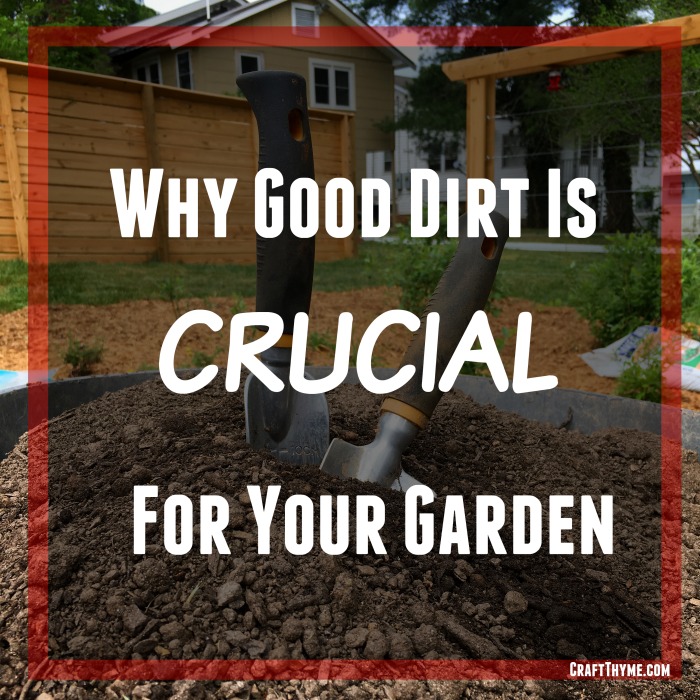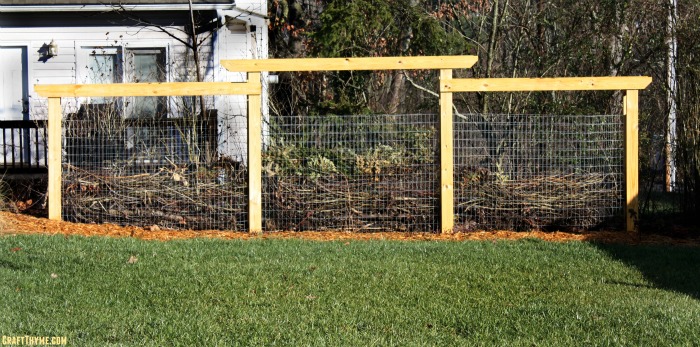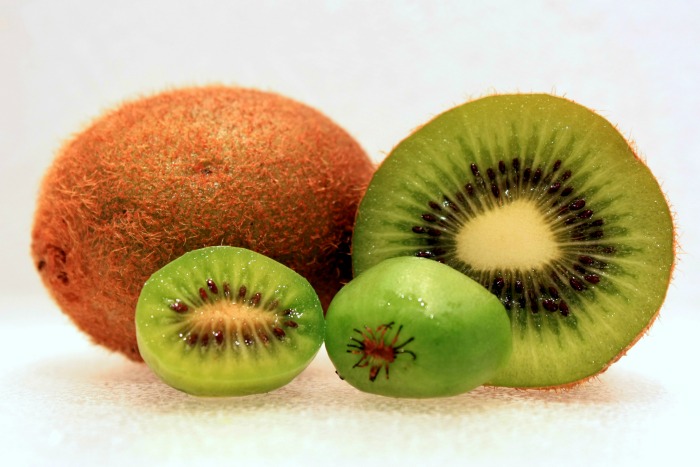
Let’s get the dirt on dirt. Preparing your garden dirt or garden soil is key to a successful growing season. It may sound silly but your soil is the basis by which everything happens. Good dirt is necessary to support, feed, and grow beautiful vegetables and flowers. Frankly, if I am going to go to the trouble to start seeds, plant starts, weed, fertilize, and water I am damn well going to want to have spectacular vegetables. Without a good base for the plants all those mentioned activities will still result in sad looking plants.
If we can all agree the soil is the basis for growing good specimens then we should all agree on the best way to prep the soil. Except that would be wrong, wrong, wrong! If you get in-depth with gardening you will find that every gardener has their own special technique, blend, and plan for their garden soil. Do not question them and do not try to change their mind. People can be terrifically rabid about this process so I just nod my head and agree that cracking 15 eggs and stirring them in the soil in February while singing positive songs of growth is absolutely essential to getting perfect tomatoes. I have my own rabid opinions on my garden, but what I am sharing with you about soil prep is the absolute essentials for a first time gardener.
Key Components of Good Garden Soil
- Mineral
- Organic Matter
- Moisture
- Air
- Living Organisms
Mineral Balance in Good Dirt
Minerals are just the rock like particles you think of as dirt. If they are large then you end up with soil that seems sandy, if the particles are small you get the hard fired clay like baseball field that is my yard. (ask me how I really feel about my soil). I’m not going to go into all the different soil types, but what you hope you have is nice mix that is neither sand nor clay. Loam, as it is known will help maintain the delicate balance between having too much and too little moisture retention. it also allows for air to more easily be retained in the soil.
Organics Are Not Just For Groceries
Organic Matter is one of the key components of feeding your plants and living organisms but it also really impacts your moisture retention. The organic matter is decayed leaves, bugs, roots, etc that is mixed in the soil. Compost is a good example of a large heaping helping of organic matter. Plants will further break down organic matter and use the nutrients to feed themselves and the organic matter will absorb water trapping it in the soil and allowing plants to get moisture. High organic matter in your soil can really cut down how much you have to water as well as fertilize.
As I Live and Breathe
Air? Say what? Yep, air needs to be part of your soil. Roots need space to grow and actually need CO2 and oxygen in the soil to survive. Compacted and hard soil will cause roots to be small and stunted. In many cases this can cause the plant to die or at a minimum not thrive.
Icky Bugs Need Love Too
Living organisms. Yes, unfortunately all those creepy crawlies in your soil serve a purpose. Except spiders, spiders can burn in hell. Yeah, yeah, they actually serve a purpose too. Worms, borrowing insects, and a slew of microscopic organisms are important to your plants. They serve to aerate the soil, break down organic matter, and aid plants in absorbing nutrients. Did you know that with the proper bacteria nitrogen fixing plants like peas can actually add to your soil?!

So How Do We Make Good Dirt
So how do you get such good dirt? Mix in a bunch of crap and go? Well not exactly. Let me get all hippy on you and say good soil is a “process man”.
We’re generally a no-till/digging kind of family BUT if this is the first year you are establishing a bed and you aren’t buying garden soil then you may have to avail yourself of some digging. You can till your garden or double dig. I prefer double digging, but it is an incredible amount of work. I think it sets up your garden soil for better long term usage but again, if the difference is between someone gardening or not because it is too much work then borrow a mechanical tiller from the neighbors and go to town. The key here is you are going to do this ONE TIME ONLY. So when you dig add in tons of organic material, ground up leaves, soil conditioner (ground up bark), and compost are my go-to amendments. DO NOT, I repeat DO NOT add sand to clay soil. Logically you would think that would help, but nope. Big old cup of nope. It will make some godawful concrete like substance when mixed directly with clay.

Digging and adding amendments are going to add the air and organic matter to your soil. The organic matter will help add moisture and attract organisms. Those organisms are the reason you are only going to dig this one time. I know fluffing the soil is fun, but to get really good soil you need to let nature take its course. Organisms will build colonies of bacteria and fungus, worms and ants will dig tunnels to bring in air, and all this will work together to give you nice healthy soil over time. The only thing you will need to do to fuel that is continually adding layers of organic matter to the top of the soil throughout the growing season and when you plant. Nature will do the rest.
Do note in some cases soil can just be horrifically terrible. You really might consider bringing in some commercial garden soil. I did! You can see we excavated all the grass, dug down some and raked. Call it lazy man’s double digging except that it wasn’t lazy. We had to use a mattock just to get the gravel and grass excavated. As you can see here we added about 4 inches of new soil. I really hate the pre-fertilized kind but I ended up getting some on such a deal I went with it. The reasons I have for disliking this type of commercial dirt is the fertilization benefits are fleeting. Good garden soil traps nutrients around organic matter, but the nitrogen in this commercial mix will used and washed out before the growing season is even over. However, I have a nice pile of compost and chicken bedding just chilling in the back for use later in the summer. I’ll start adding handfuls when the plants get a bit bigger. These bags of soil are just the base for many years of planting.

Protect Your Soil/Work Investment
You will need to protect your carefully dug and amended beds. You can keep nutrients from leaching away by covering non-growing areas with mulch. I tend to mulch after by seeds have turned fully into plants. The mulch will reduce weeding, runoff, and wind exposure. It also works to maintain moisture levels. Though with my heavy clay underbase this is not nearly as much of a concern once the plants get larger. Additionally, making permanent paths will keep you from compacting your planting areas by trouncing all over that painfully dug soil you just created. Remember to step lightly and reduce compaction whenever you can.
Bonus Tips
Once you have a good soil base established you can go crazy and start adding in some fun items. I tend to buy legume inoculates for any bed I have never planted peas or beans in. Legume what you say? Yeah you can actually buy bacteria to put in your soil. Rhizobium leguminosarum (Do not ask me how to pronounce that) works with legume roots to fix nitrogen into the roots. They actually add nutrients to the soil. I make sure to either leave the roots or compost the entire pea/bean plant to get the nitrogen back into my garden. You can buy worms, nematodes, minerals (Calcium is great for tomatoes and squash), and all kinds of fun things for your soil. Experimentation shows some benefits, but really you will be pretty good to go with just your basic soil/organic matter mix! If you do want to experiment here are some of my favorite addons (affiliate links to follow)
Remember the keys to good soil:
- Mineral
- Organic Matter
- Moisture
- Air
- Living Organisms
Dig it the first time and add those organic materials and let nature do the rest.
























